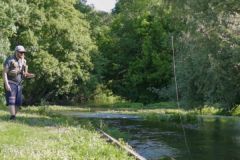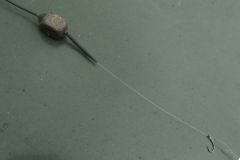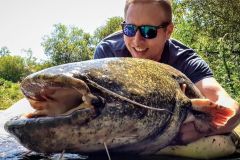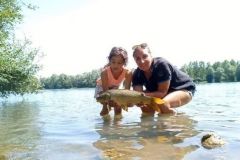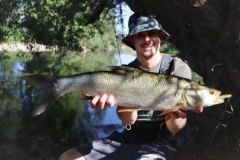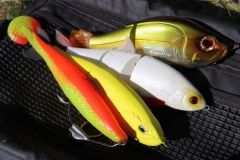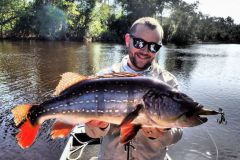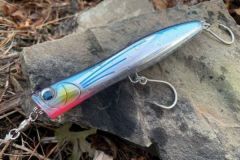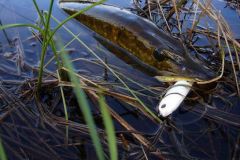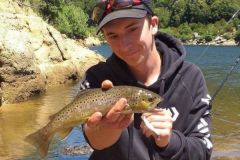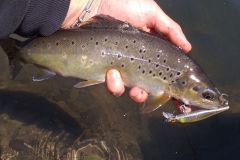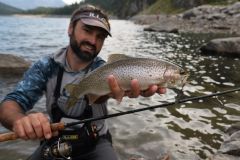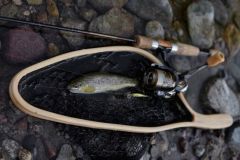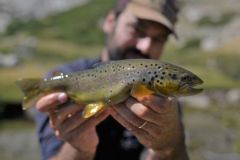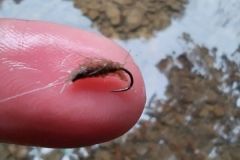Fishing for trout with lures
Trout fishing with lures may seem simpler than the tracking of other predators because it does not require as much equipment. But it is not simpler, and if the size of the box is less, it is largely compensated by a greater technicality and skills on the part of the fisherman. He must know how to read the river, make even more precise casts, know the limits and capacities of his lures and move stealthily.
Trout are unforgiving. A noisy entry into the water may excite a black bass, but will scare off a trout, and there is no second chance. Everything in this fishery must be perfect, here are some tips to succeed!
Choose your lure
Unlike other fisheries, in the river, you move with a small box of lures and usually only one rod. No bass-boat to carry hundreds of lures and bundles of rods. It is therefore necessary to have a very judicious and targeted choice. In addition, I want to have a lure mounted on my rod that allows me to adapt to each cast without having to constantly change lures. That's why sinking lures are my favorite since I'm free to make them work just as needed for each presentation.
Small wobbling spoons and sinking swimfish make up almost all of my equipment. I recently discovered the Spring Minnow 65 from Digital Squad Fishing, which allows me to fish at all depths and speeds. I prefer a lure that I can control rather than one that has a pre-built action.
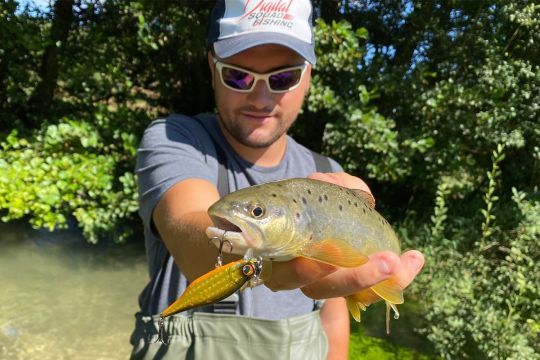
The key to tying the lure is more in the presentation of the lure. A sinking minnow is more figurative because it looks like a real fish. I don't have to make it come alive and often the less I do, the more the fish respond positively. As anglers, we often tend to overdo it, the lure is there, that's enough.
Upstream or downstream presentation?
Many anglers have a strong opinion on this issue, and argue that you should always fish upstream. Indeed, trout have their heads turned upstream, and this is indeed the most logical presentation. The angler stands in the trout's blind spot, and the lure is presented with the current.
This is where I typically use a Spring Minnow 65, which I can let sink quickly to get close to the bottom. Be sure to keep an eye on the lure, or at least keep an eye on the wire, because a rolling attack on the lure is quite common. As this particular lure has very little action of its own, I'm going to bring it to life by actively retrieving it as it rolls downstream. And at the risk of repeating myself, it is often necessary to do as little as possible.
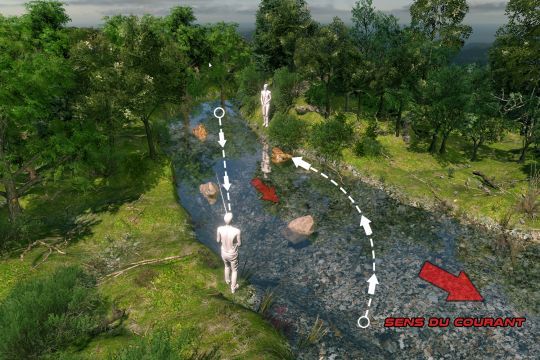
Some creeks have a strong current, but most of all, they have hollow caches, either edges or clusters of branches that can't be explored from downstream. When fishing below you, you must first be ultra-vigilant not to be seen or walked in the water. You can then let the lure go down into these dark cavities that shelter the trout.
If the current is moderate, the same Spring Minnow will ripple down right under the nose of the trout. If the current is too strong, I switch to a metal ripple. In the case of large rivers where it is more difficult to locate the trout holding previously, I will cast flush with the opposite bank downstream and let the current make an arc with the lure, which will be, depending on the strength of the current, either a classic vibrating sinking minnow, a Spring Minnow or a ripple.

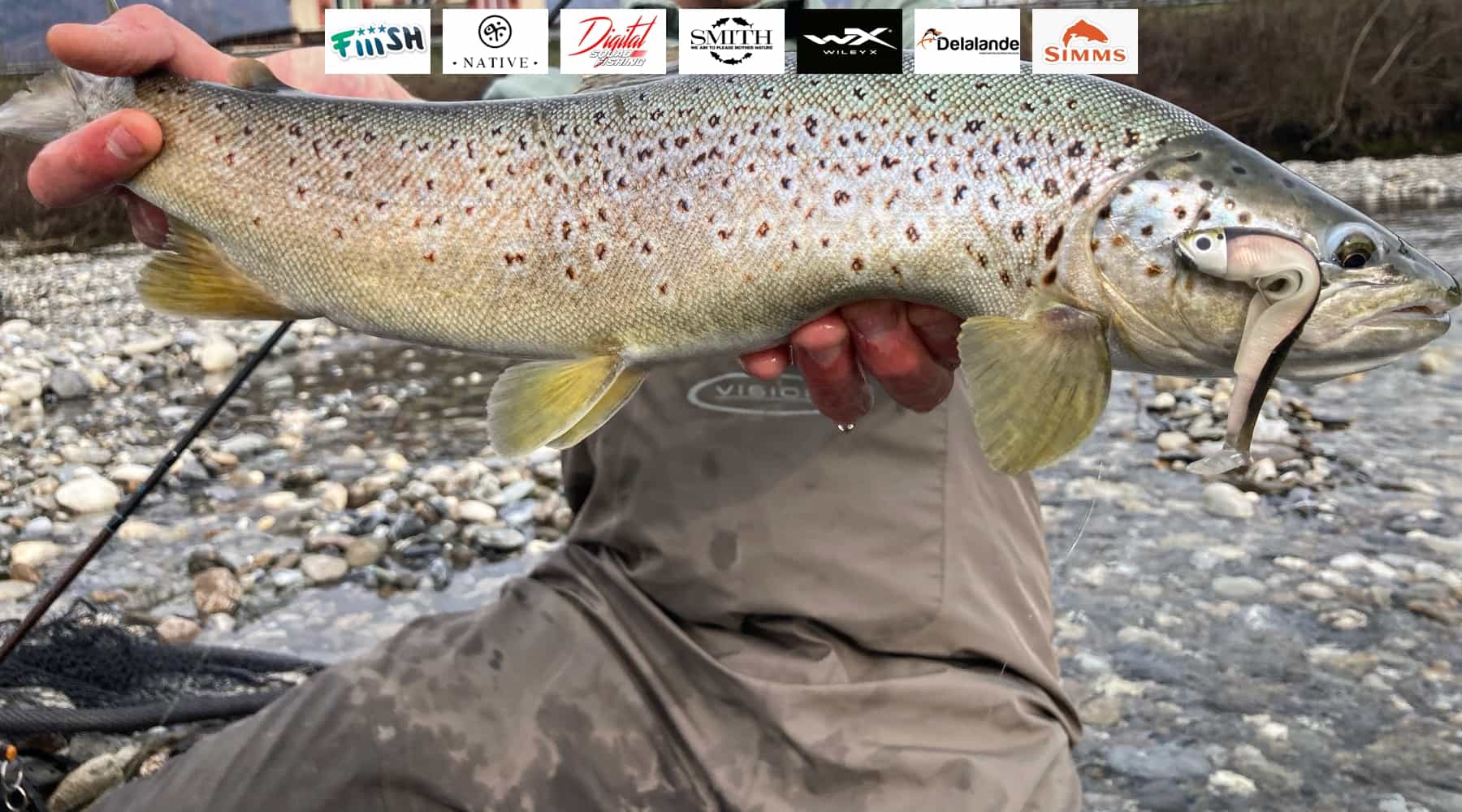
 /
/ 





